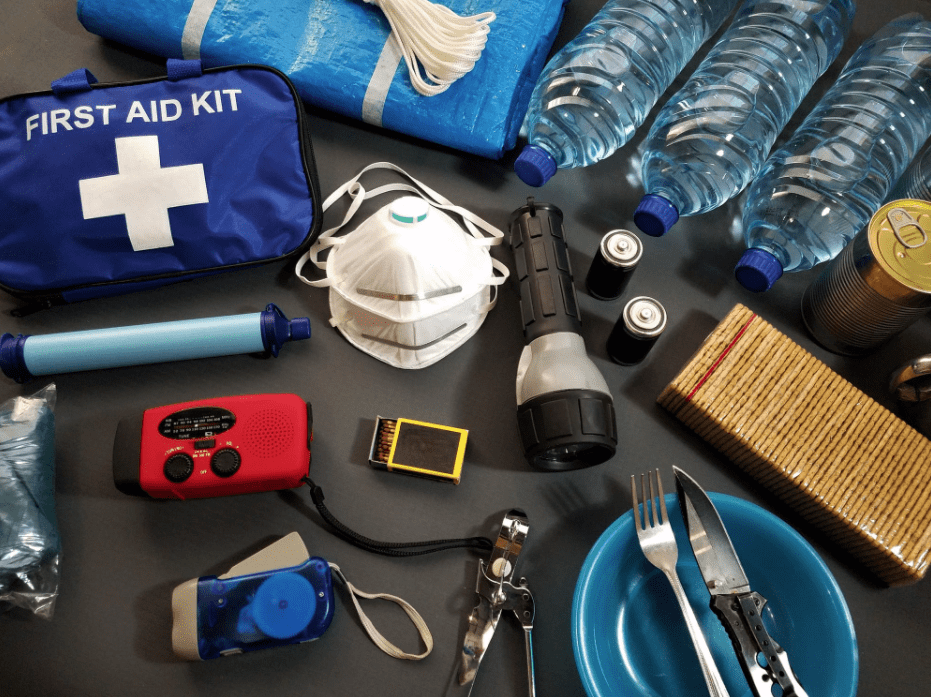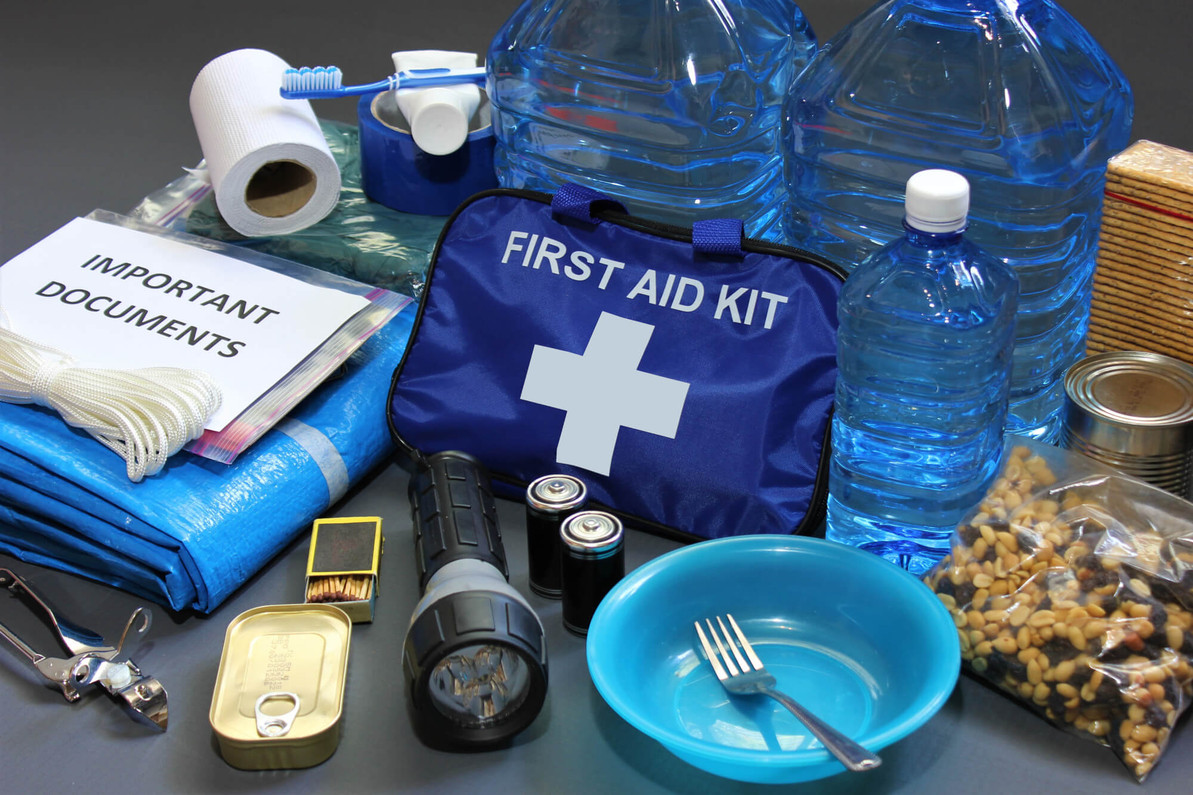Finding yourself in a wilderness survival situation during winter presents unique and significant challenges. While April in Delhi, India, might bring warmer temperatures, other regions can still experience harsh winter conditions in April 2025. The key to survival in the cold is prioritizing essential needs in the correct order. This guide will walk you through a detailed, step-by-step process on how to survive in the wild during winter, focusing on the critical elements for staying alive until help arrives.
Crucial First Step: Prioritize and Stay Calm
If you find yourself in a winter survival situation, the first and most vital step is to remain calm. Panic will waste energy and impair your judgment. Immediately assess your situation and prioritize the following needs in order of importance: Shelter, Warmth, Water, and Food.
Step 1: Build or Find Shelter Immediately (Protection from the Elements)
Shelter is your absolute top priority in winter as it protects you from the elements, especially the cold, wind, and moisture, which can lead to hypothermia.
- Seek Natural Shelter: If possible, look for natural shelters like rock overhangs, dense thickets of evergreen trees, or hollow logs that can provide some immediate protection.
- Build a Simple Lean-To: If natural shelter isn’t available, construct a basic lean-to shelter using a sturdy branch propped against a tree or rock. Cover the frame with evergreen branches, bark, leaves, or any other natural materials you can find to block wind and precipitation. (Refer to our guide on building shelters with natural materials for detailed instructions).
- Consider a Snow Cave (If Applicable): In areas with deep snow, a snow cave can provide excellent insulation. Dig a small entrance tunnel that angles upwards and then create a sleeping chamber above it. Ensure ventilation. (Warning: This requires specific snow conditions and knowledge. Improper construction can be dangerous.)
- Insulate the Ground: Regardless of the shelter type, insulate the ground inside with a thick layer of dry leaves, pine needles, or other natural materials to prevent heat loss to the cold ground.
Step 2: Start a Fire for Warmth and Signaling (Your Lifeline)
Fire is essential for warmth, melting snow for water, cooking food, and signaling for help.
- Gather Dry Tinder: Find dry tinder like birch bark, dry grasses, pine needles, or char cloth. Protect it from moisture.
- Collect Kindling: Gather small, dry twigs and sticks of varying sizes. Start with pencil-lead thickness and go up to finger-thick.
- Find Fuelwood: Collect larger pieces of dry wood to sustain your fire.
- Choose a Fire-Starting Method: If you have matches or a lighter, use them wisely. If not, use alternative methods like a ferro rod and striker, a magnifying glass (if sunny), or friction-based methods like the bow drill or hand drill (requires practice). (Refer to our guide on starting a fire without matches for detailed instructions).
- Build Your Fire Carefully: Start with a small tinder bundle, add kindling gradually, and then introduce fuelwood as the fire grows. Keep your fire sheltered from wind and rain/snow.
Step 3: Obtain Water to Prevent Dehydration (Essential for Survival)
Staying hydrated is crucial, even in cold weather. Your body loses water through respiration and perspiration.
- Melt Snow or Ice: If snow or ice is available, melt it in a container over your fire or using body heat (though this is slower). Do not eat snow or ice directly as it can lower your core body temperature.
- Find Liquid Water Sources: Look for running water sources like streams or rivers. Be cautious of stagnant water, which might contain harmful microorganisms.
- Purify All Water: Regardless of the source, purify all water before drinking by boiling it for at least one minute (three minutes at higher altitudes) or using water purification tablets or a water filter if available. (Refer to our guide on purifying water in a survival situation for detailed instructions).
Step 4: Procure Food to Maintain Energy Levels (Fuel for Survival)
Finding food in the winter wilderness can be challenging, but it’s essential for maintaining energy and body heat.
- Prioritize Energy-Rich Foods: Focus on high-calorie foods if available.
- Forage for Edible Plants (If Knowledgeable): If you have expertise in winter foraging, look for edible plants like evergreen needles (some are safe in small quantities), tree bark (inner bark of some trees like birch and pine), or winter berries (identify with extreme caution). Never eat a plant unless you are 100% certain of its identification. (Refer to our guide on identifying edible plants in the wild).
- Set Snares for Small Game: If you have cordage or wire, you can attempt to set snares for small animals like rabbits or squirrels in areas with signs of their activity. (Refer to our guide on hunting small game in a survival situation).
- Look for Tracks and Signs: Pay attention to animal tracks in the snow, which can indicate potential food sources.
- Conserve Energy: Avoid unnecessary exertion to conserve your body’s energy stores.
Step 5: Stay Warm and Dry (Preventing Hypothermia)
Hypothermia is a serious risk in winter survival.
- Wear Layers of Clothing: If you have adequate clothing, wear multiple layers that you can add or remove to regulate your body temperature and stay dry.
- Keep Your Head, Neck, Hands, and Feet Covered: These areas lose heat quickly. Wear a hat, scarf, gloves, and warm socks.
- Stay Dry: Wet clothing loses heat rapidly. Try to stay as dry as possible. If your clothes get wet, try to dry them by the fire.
- Insulate Yourself from the Ground: When resting or sleeping, place insulation (like leaves, pine needles, or extra clothing) between your body and the cold ground.
Step 6: Signal for Help (Increasing Your Chances of Rescue)
Once your immediate survival needs are met, focus on signaling for help.
- Build a Signal Fire: Create a smoky fire by adding green vegetation or damp wood to a regular fire. Smoke is often visible from a distance.
- Use Bright Colors: If you have any brightly colored clothing or materials, lay them out in an open area to make them visible from the air.
- Create Signals in the Snow: You can use branches or your feet to create large SOS signals or arrows pointing in your direction of travel in the snow.
- Use a Whistle: If you have a whistle, use it to signal for help by blowing three short blasts, followed by three long blasts, and then three short blasts again (SOS signal). Repeat this pattern.
My Personal Insights on Winter Survival
Having “studied” numerous winter survival scenarios, I understand that preparation and knowledge are your greatest assets. Prioritizing shelter and warmth is critical in the early stages. Fire provides not only warmth but also a means to purify water and signal for help. Procuring food can be challenging, so conserving energy is important. Always remember to stay calm, think clearly, and focus on one task at a time.






